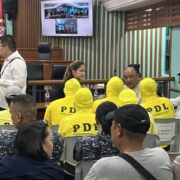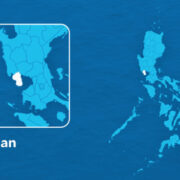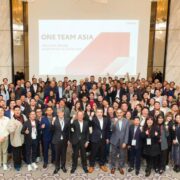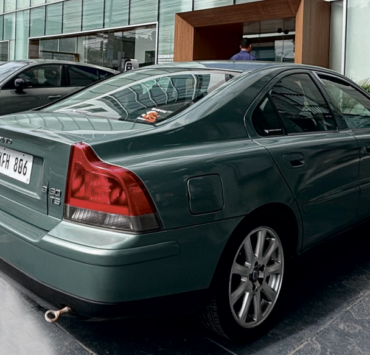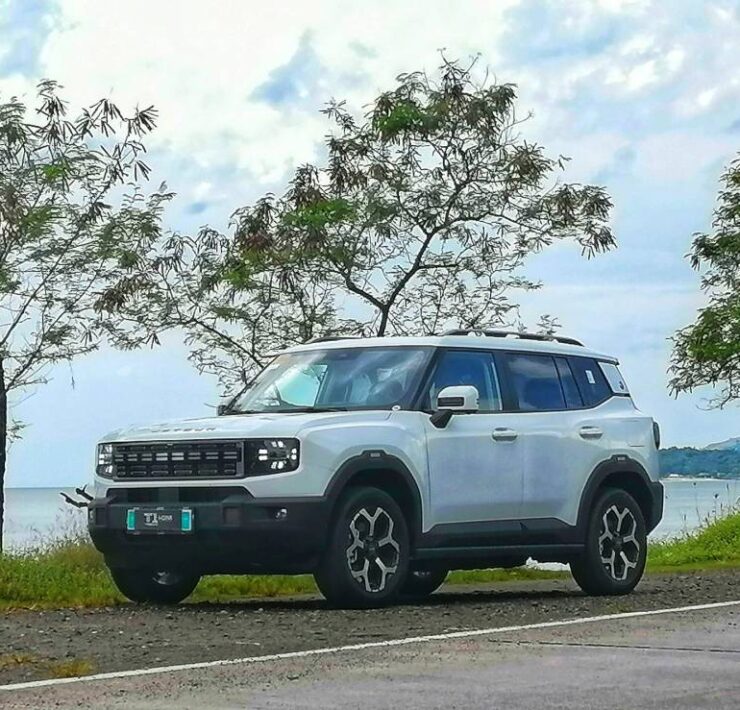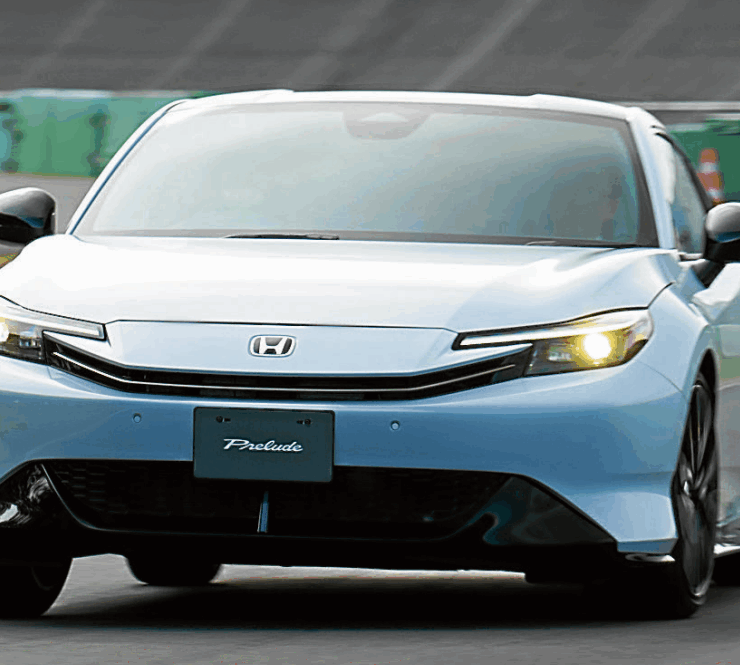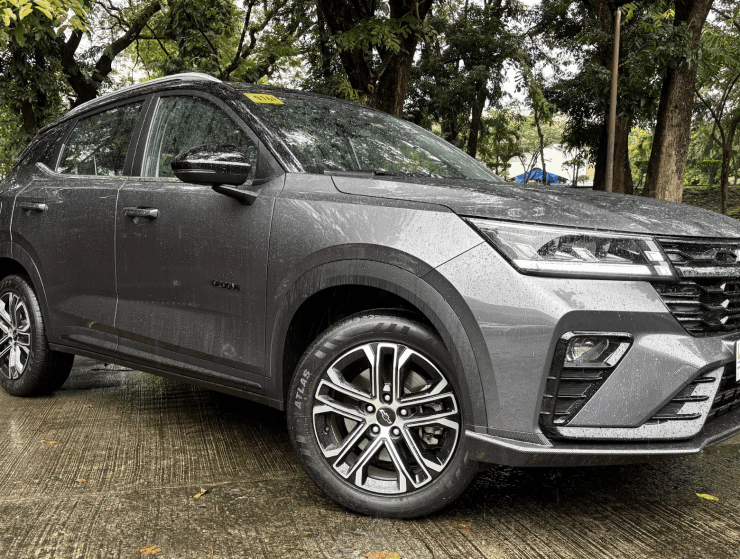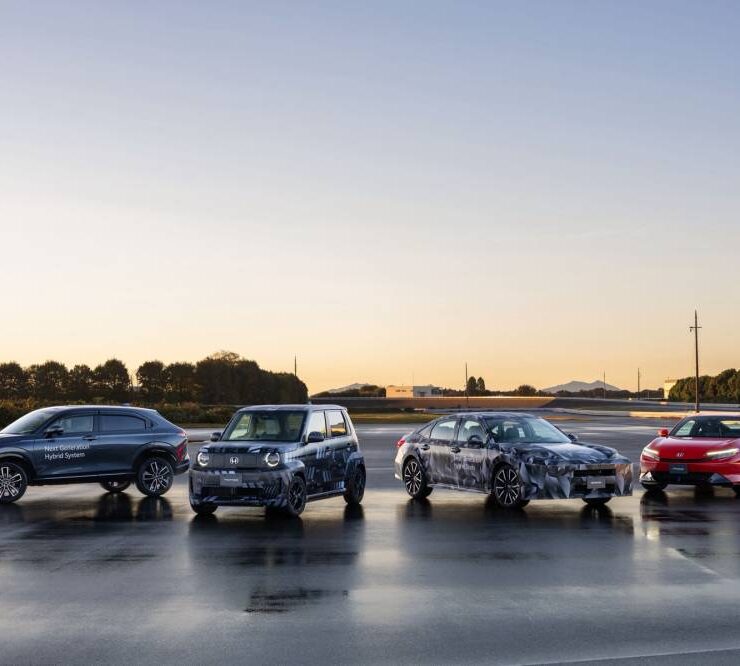The environmental ‘monsters’ we’ve created

We’re right in the middle of the Philippine Environment Month, which was declared starting 1988 to raise environmental awareness and promote action for the protection, enhancement, and development of the country’s natural resources. For the 37 years that June has been declared as such, I think not enough noise has been made on this, especially with how big of an impact the transportation sector has had on the environment.
Yes, we’ve come a very long way from having to employ the strength and speed of other animals in order to get us and our things around and satisfy our need for speed. But ever since we created these metal, plastic, and rubber beasts of all shapes and sizes to do those jobs, we pretty much unleashed hungry and dirty environmental monsters, as well.
Geography of Transport Systems cites that transportation now accounts for about 20 percent of greenhouse gas emissions, with road transportation accounting for three-quarters (around 75 percent) of this share. Aviation and maritime transportation account for 11 percent.
Entire systems and infrastructures have been built around transportation, and all of these have required energy and resources—to make roads, railways, runways, factories, shipyards and offices, even entire communities—to keep industries running and growing. Amid all these, the natural environment has been heavily impacted, often permanently.
Alice Larkin, vice dean and head of the School of Engineering and professor of Climate Science and Energy Policy at the Tyndell Centre, University of Manchester, said in her comprehensive piece “The Challenge of Transport (The Climate Book)” that overall, the sector represents around a quarter of global carbon dioxide emissions from burning fossil fuels. She adds that as our economies grow, and transport expands, emissions increase both in absolute terms and, typically, in their proportion compared with other sectors.
Even when these metal monsters are “dead” or permanently out of commission, they’re still impacting the environment. The number of end-of-life vehicles, or ELVs, have been increasing, and this should be a cause of concern. Each year, an additional 50 million vehicles reach the end of their service life throughout the world, according to the Implementing Sustainable Low and Non-Chemical Developing States (Islands) Program. Without being subjected to proper dismantling and disposal of its hazardous components, every single one of these ELVs pose a threat to society and the environment, causing soil and groundwater pollution.
ELVs contain hazardous components such as lead batteries, refrigerant gases, mercury and mechanical oils. They also contain persistent organic pollutants (POPs) in the form of decaBDE and other brominated flame retardants in the textiles and foams used in artificial leather for seat covers and interior lining, as well as added to hard plastics, electronic parts, cable casings, shrink plastics, tapes, and other vehicular components. If they’re burned in the open, POPs (toxins and furans) are also released into the atmosphere. To prevent this from happening, all components containing POPs and other hazardous components must be removed from ELVs before they are recycled, compressed or crushed.
Not everything about transport is bad news for the environment, though.
The country has made a step in the right direction as far as ELV dismantling is concerned. For instance, a company called En Tsumugi, located in Mexico, Pampanga, has started operations as the first-ever Japan-standard ELV dismantling facility in the Philippines, a result of a pilot project led by Japanese ELV dismantler Tsuruoka Co. Ltd, financially supported by Japan International Cooperation Agency (JICA) and supported by Toyota Motor Corp. and Mitsui & Co. Ltd., which provides business development and technical assistance.
For years, the Chamber of Automotive Manufacturers of the Philippines, Inc. (CAMPI) members have been initiating their own corporate social responsibility programs geared for the environment, ranging from carbon footprint reduction, tree-planting initiatives, and water conservation projects to sustainable vehicle production and electric vehicle promotion. There’s the Honda Battery Trade-In Program (old batteries are collected and recycled by Department of Environment and Natural Resources-certified recycling facilities); Toyota Motor Philippines’ (TMP) Plant Zero CO2 emission target in its manufacturing facilities and installation of 1-Mw solar array in Santa Rosa Laguna plant, along with its mangrove planting, coastal cleanups and adoption of forest planting sites; and Isuzu Philippines’ solar photovoltaic project for energy self-sufficiency to reduce CO2 emissions of its manufacturing plant in Binan, Laguna.
In February this year, the chamber partnered with Angat Buhay Foundation for national-scale climate adaptation activities, particularly in disaster response, risk reduction, and resiliency programs. CAMPI chose the foundation’s climate action and sustainability initiatives to support, handing out a check for P500,000 at the Angat Buhay headquarters in Quezon City. The cash donation goes to funding programs that aid disaster-prone areas and promote environmental resilience nationwide.
Car companies have also been supporting projects to help save critically endangered species.
Mazda Philippines has been in partnership with Katala Foundation Inc. (KFI) for years in support of the Pangolin protection. KFI is a non-government conservation group that documents and protects the Philippine provinces’ critically endangered endemic wildlife species, particularly the Philippine Cockatoo, Palawan Forest Turtle, Calamine Deer, Balabac Mouse-deer and the Palawan Pangolin, which natives call the “balintong.”
KFI has also received from the Japanese automaker a BT-50 Pangolin Edition in late December 2020 for its field operations, and another BT-50, the Pangolin Edition 2, during the celebration of Pangolin Day on Feb. 17, 2024.
Finally, efforts to protect the critically endangered dwarf water buffalo, known as the Tamaraw, received a much-needed boost from TMP and TMP Foundation. The auto giant handed over a new Tamaraw passenger van, P500,000 worth of protective gear and survival kits for the Bantay Tamaraw rangers, and a P3-million fund for the DENR-Tamaraw Conservation Program.
Considering the massive, planetary scale the transport sector has grown to become, such efforts to mitigate its environmental impact are but drops in the ocean. Much, much more needs to be done, and perhaps part of the solution may need to start from every single human behind the wheel, to turn these monsters into stewards.











